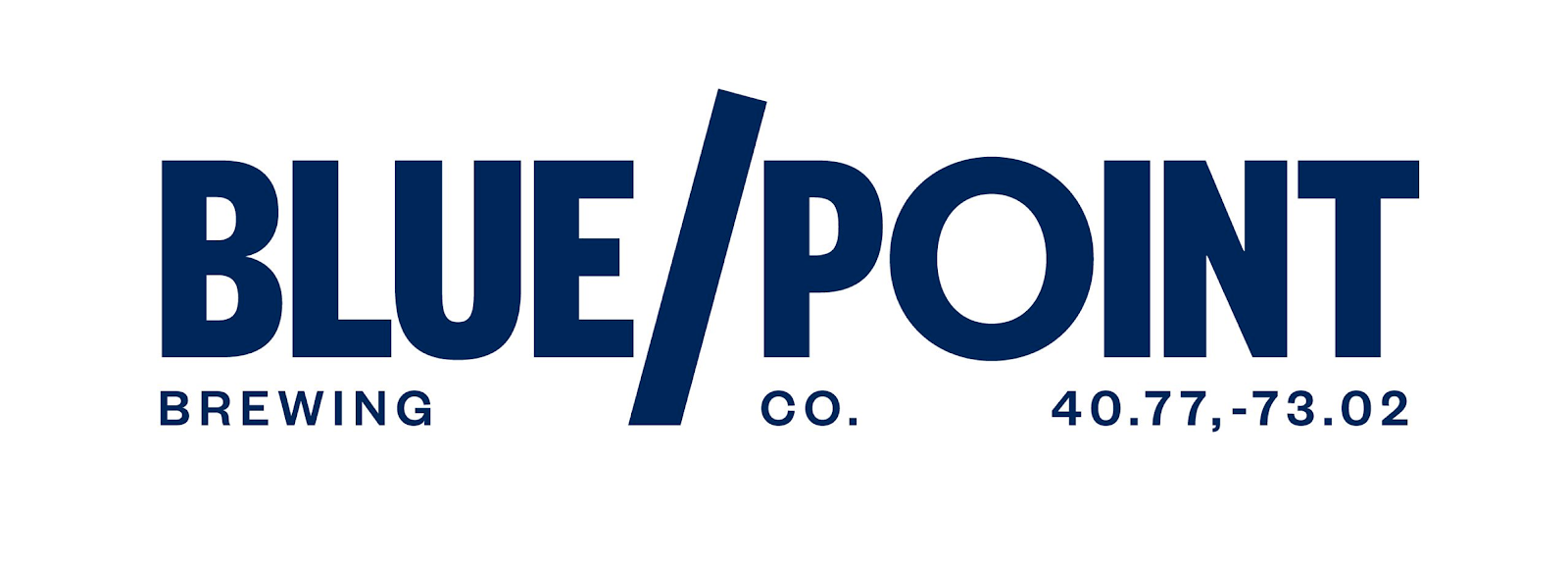The Tallmuthashucka.
AKA Keenan Boyle
My history with oysters started around 2005 when I became SCUBA certified to dive for “wild” oysters on the Long Island Sound. After seeing fewer harvestable oysters each year due to environmental factors, I moved on to more sustainable farm-raised oysters.
First I traveled to several oyster farms along the east and west coasts of the United States to learn how to successfully grow oysters for market. Then I started working as a farmer at one of the Town of Islip’s first aquaculture leases in the Great South Bay.







At the time I also worked for wholesale companies buying oysters from different parts of the country, Mexico, Canada and New Zealand then selling them to chefs at high end restaurants. Doing sales demonstrations of oysters from all these different regions helped me become a knowledgeable shucker.
After visiting hundreds of restaurants that serve oysters and attending many oyster centric events, like shucking contests and drink pairings, I decided that’s where I wanted to be. During the past few years I’ve been bringing oysters to events from the farms I work on and shucking them myself. It’s the true meaning of “dock to dish.”
Surfing, snowboarding, skateboarding, biking, and hiking are all very important to me. I know the work I’m doing will have a positive effect on the environment so future generations can enjoy these outdoor activities too. “Save the world, eat farm-raised oysters.”

The Blue Point Oyster.
In 1908, the New York State Legislature passed a law stating:
“No person, firm or corporation shall sell or offer for sale any oysters, or label or brand any package containing oysters for shipment or sale, under the name Blue Point oysters, other than oysters that have been planted or cultivated at least three months in the waters of Great South Bay in Suffolk County.”
Authentic “Blue Point Oysters” are currently being grown on boutique farms on the Great South Bay, Long Island. They are hand sorted and mostly grown in floating bags that use tides and wave action to tumble them. This growing technique creates a deep cupped shell with clean plump meat. They’re grown close to a major inlet so the flowing ocean water acts like a river delivering all the right nutrients for these oysters to flourish. One taste and you’ll see why these briny oysters are world-renowned.
Sustainability.
Oyster farming creates stewardship on the bay. When livelihoods depend on clean water to harvest shellfish it must be kept clean. Oysters lower nitrogen levels and help build a foundation for an entire ecosystem. If we continue to add more oyster farms we’ll see an increased focus on the health of our bay.











